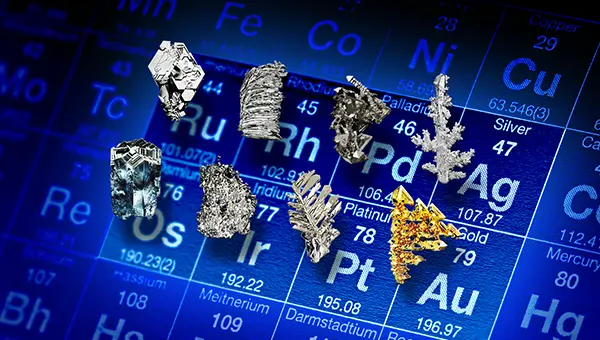History
A History has been Built up of Reading the Times to Determine Needs and Engage in Challenging Technological Development
TANAKA has continued to grow together with the development of Japan since its foundation in 1885 and expand onto the world stage with technological power.
1885~1945
From Foundation until the Pacific War
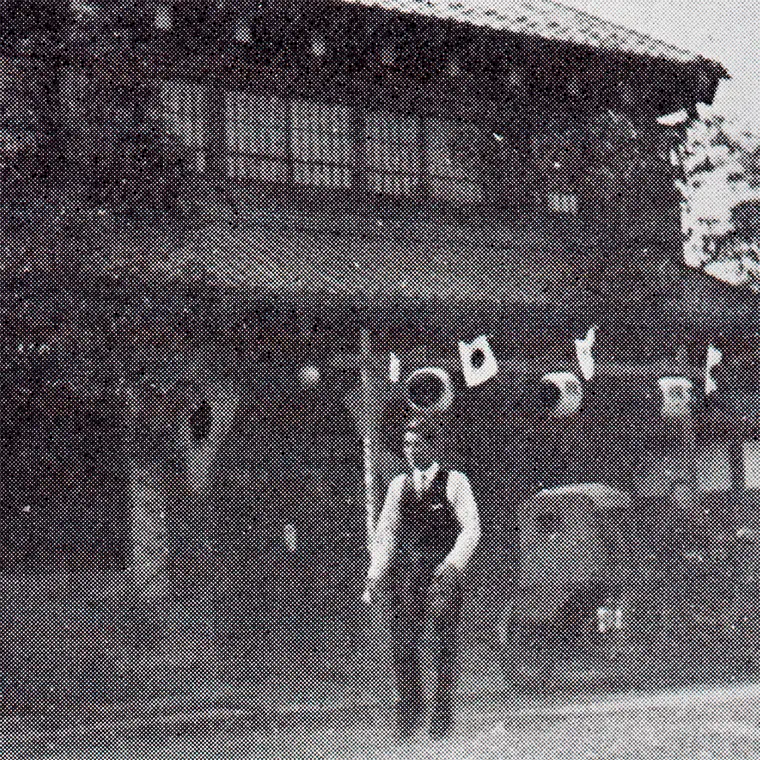
TANAKA, which was founded as a money exchange firm, steered the way toward the industrial use of precious metals with the industrialization of Japan. It developed successive platinum industrial products including platinum wire and catalytic platinum net, thereby supporting the industrialization of modern Japan.
Our founder, Umekichi Tanaka, opened Ejimaya Tanaka Shoten. Kitajima-cho, Nihonbashi-ku, Tokyo, (now Kayabacho, Nihonbashi, Chuo-ku) after training at Tokyo's Ejimaya pawn brokerage. The company remained the headquarters of TANAKA until 2006.
The company went on to engage in the bullion trading business, and began melting down foreign currency from Yokohama's foreign quarter, refining it, and selling the metal. The techniques developed at this time went on to play a significant role in later industrial use of precious metals.
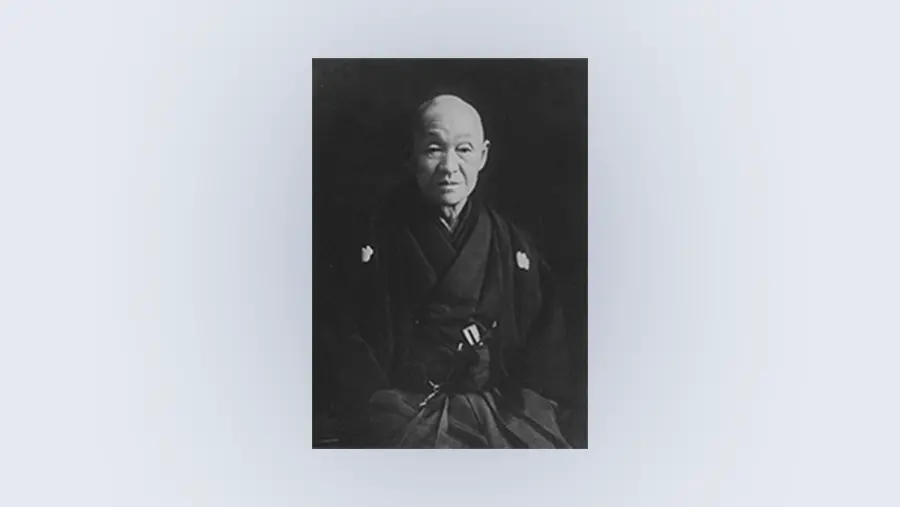
After apprenticing at the family-run Shimizu Shoten as a young man, Kamekichi Yamazaki went on to take over the company. He then opened a store, also named Shimizu Shoten, in Nihonbashi Bakuro-cho. This new store manufactured and wholesaled works of art and ornamental accessories made of precious metals. This store was later moved to Nihonbashi, Tokyo, and renamed Yamazaki Shoten. The store built a name for itself through its clock and precious metals business, and began handling diamonds, which had just started coming in to Japan. In 1926, it relocated to Ginza, Tokyo, and shifted to retail work.
In 1930 Tanaka Shoten took over management of Yamazaki Shoten. The well-loved store continued to operate as Ginza Yamazaki for many years after the Second World War. It is now the GINZA TANAKA flagship store.


Tanaka Shoten received a request from the neighboring Tokyo Dento K.K. (predecessor of Tokyo Electric Power Holdings, Inc.), Japan's first power company, to process used incandescent bulbs. At the time, platinum filaments were used in light bulbs, and Tanaka Shoten successfully melted and refined this platinum to manufacture platinum wire.
The company also manufactured platinum chemical crucibles, evaporating dishes, electrodes, spatulas, and more. These were exhibited at the Tokyo Expo, held in Tokyo's Ueno Park, and selected as award recipients.

During World War I, platinum was also used in the manufacture of military supplies. For example, the manufacturing of potassium chlorate, an ingredient in explosives, requires the use of large platinum electrodes, which created an increased demand for platinum. Tanaka Shoten supplied platinum to explosive manufacturing companies. Platinum was also an ingredient in the hypodermic needles used at the battlefront. However, imports of platinum fell during World War I, so, Tanaka Shoten successfully created hypodermic needles made using nickel as a substitute material as directed by the army's medical unit. These needles were mass produced and sold. In this way, Tanaka Shoten came to position platinum as a primary product, and after becoming a publicly traded company in 1918, its newspaper advertisements, furoshiki wrapping cloths, and business cards bore the inscription "platinum, gold, and silver," placing platinum first.

In this period, Russia accounted for 70% of the world's platinum production. The second president of Tanaka Shoten, Ichiro Tanaka, began platinum import negotiations with Russia. However, during this process the Russian Revolution culminated in the establishment of the USSR. In 1923 the Soviet government entered a sales sole agency contract with Tanaka Shoten. Tanaka Shoten became Japan's sole agency for platinum and palladium, gaining sales rights for the entirety of East Asia.
In commemoration, the Soviet Government presented Tanaka Shoten with "Peasant Girl," an oil painting by O. Bychkov, a painter to the Russian czars. It is said that this painting originally hung in the Grand Kremlin Palace.

After succeeding in domestically producing fine platinum wire, the company began developing technologies for using this wire to create mesh. Platinum is harder to process than gold or silver, so French engineer Quinet was brought to Japan, and the company engaged in concentrated research. As a result, it was the first company in Japan to successfully manufacture catalytic platinum mesh. This research was then applied to successfully develop platinum iridium wire. The technology was also adapted for use in the manufacture of extremely fine gold wire, leading to the manufacture of bonding wire.
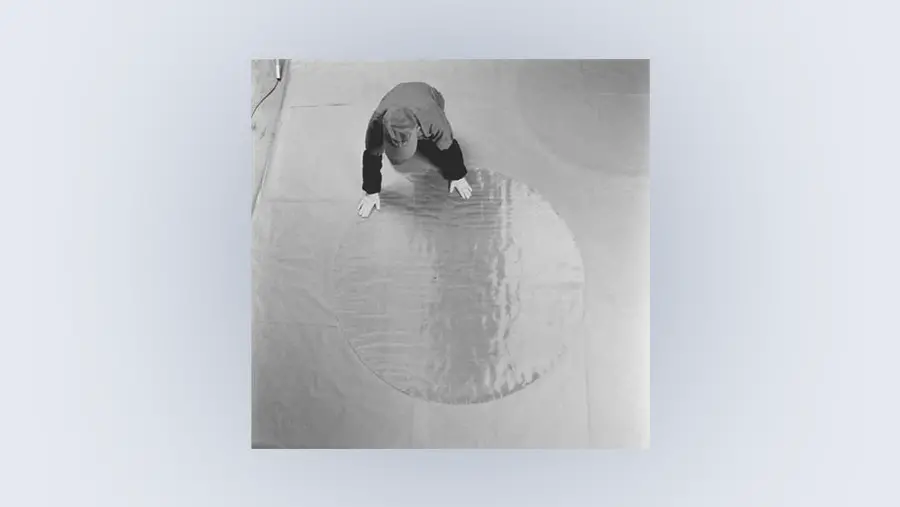
In order to ensure sufficient wartime resources, the Japanese government approached precious metals companies including Tanaka Shoten and had them create platinum chains, rings, and so on. The purpose of this was to promote the importance of platinum as a material. Then, in the same year, Tanaka Shoten manufactured and sold platinum medals and national defense rings (called national protection rings in the Kansai region). In the event of an emergency, under the government's private reserves plan, the government would buy up these items in order to procure resources.
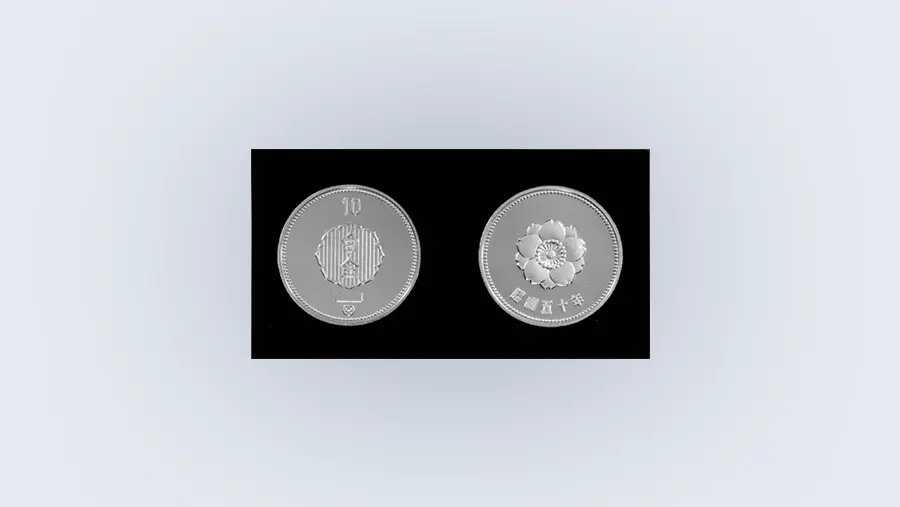
In the fall following the end of the war, U.S. military tanks and armored vehicles suddenly surrounded the TANAKA Kikinzoku Kogyo head office, and armed soldiers entered the building. The company vault was opened, and all of the precious metals inside were confiscated. This was done on the orders of GHQ (General Headquarters, the Supreme Commander for the Allied Powers). The confiscated precious metals were stored in a vault beneath the Bank of Japan. TANAKA Kikinzoku Kogyo could not manufacture products, and was forced to temporarily stop operations.
The precious metals confiscated by GHQ were returned in 1959.

1946~1968
Japan's period of rapid economic growth
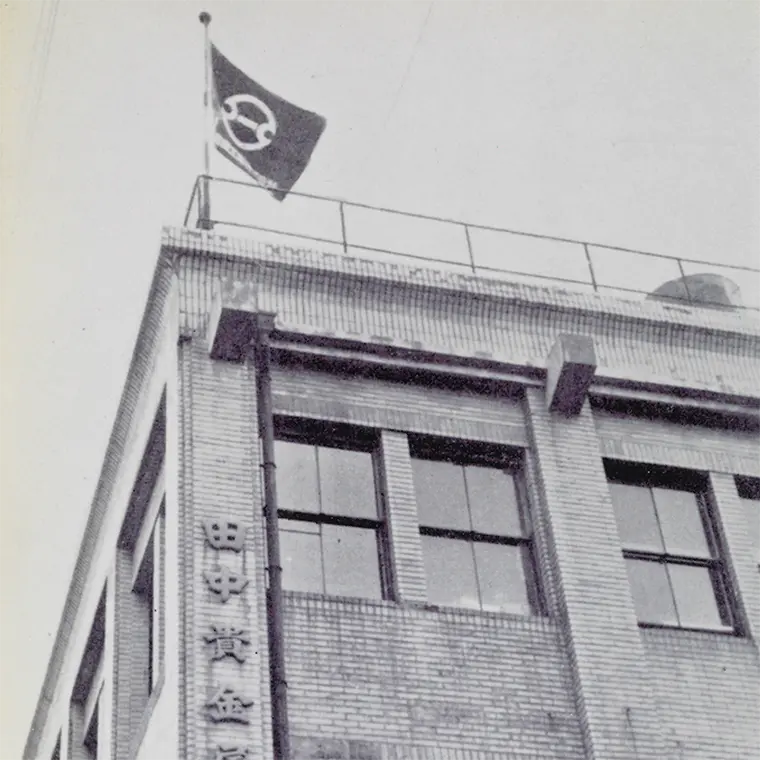
The driving force behind the rapid economic growth seen immediately after the postwar recovery period was the development of industrial technology. TANAKA also assimilated the latest technology, incorporating it into product development to achieve marked growth.
The textile industry boomed following the war. In order to meet its needs, a partner plant in Kawanishi City, Hyogo Prefecture, began production of nozzles for synthetic fiber. Initially, the technology used to create the nozzles' holes was primitive. Cardboard placed on an iron platform was rotated to create a hole.
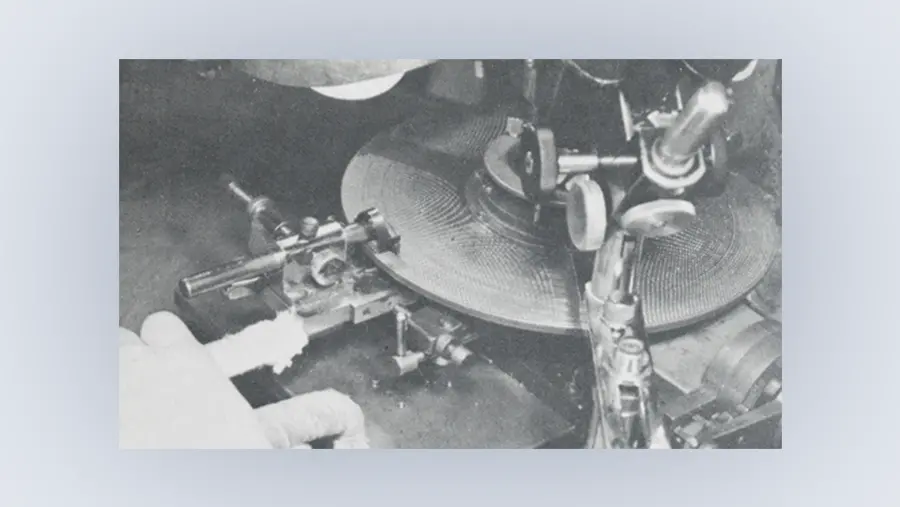
One of GHQ's Japanese restoration measures was the creation of a telephone and telegraph network. They used automatic switches to automatically connected telephone lines, and TANAKA Kikinzoku Kogyo was responsible for manufacturing the contacts used in these switches. It developed innovative production methods, and received numerous orders from various manufacturers.
In order to secure palladium, one of the materials used in these contacts, the company engaged in import negotiations with the USSR. TANAKA Kikinzoku Kogyo had been a platinum importer before the war, so these negotiations went smoothly.

It was the dawn of the semiconductor industry. TANAKA Kikinzoku Kogyo and Mitsui Mining & Smelting established TANAKA Denshi Kogyo K.K. as a joint venture to manufacture the bonding wire used in semiconductor production.
The company took on fierce competition at the start of this new era, led by a spirit of challenge and doing what no others were doing, while striving to further develop its technical capabilities.

One of the ardent wishes of Japan, whose rapid economic growth was continuing, was for Tokyo to host the Olympic Games. Tokyo was selected as the site of the Olympic Games to be held in 1964. The Tokyo Olympic Commemorative Medal Association was created, and the decision was made to issue and sell commemorative medals. The president of TANAKA Kikinzoku Kogyo, Junichiro Tanaka, was appointed chairman of the foundation, and the commemorative medal became a major precious metal industry project. Yusaku Kamekura, designer of the Olympic emblem and poster, was asked to design the medals, and they were stamped by The Ministry of Finance Mint Bureau.
Gold, silver, and bronze medals were created, and sold on April 17, 1964. They were so popular that people lined up in front of stores to buy them the day they were released.
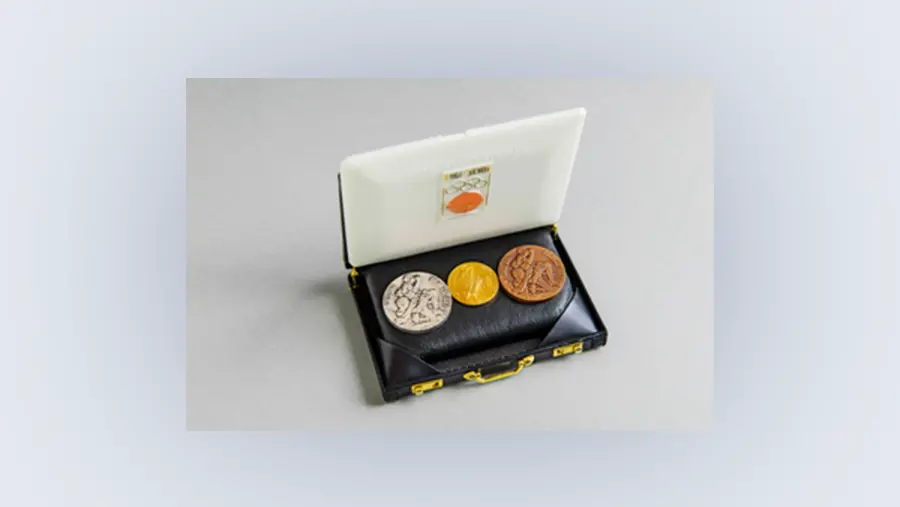
As electronics industry fields such as the integrated circuits (IC) gained in momentum, demand rose for the gold bonding wire (ultrafine metal wire) essential to production in these fields. The Ministry of International Trade and Industry (presently METI) requested that TANAKA Kikinzoku Kogyo develop bonding wire with a diameter of 10 microns (micrometers). Although 10 micron diameter platinum wire had been successfully produced in Japan, the finest gold wire had a diameter of 25 microns. With the guidance of semiconductor manufacturers, the company succeeded at manufacturing ultrafine gold wire in 1964. Bonding wire remains one of TANAKA's core products.
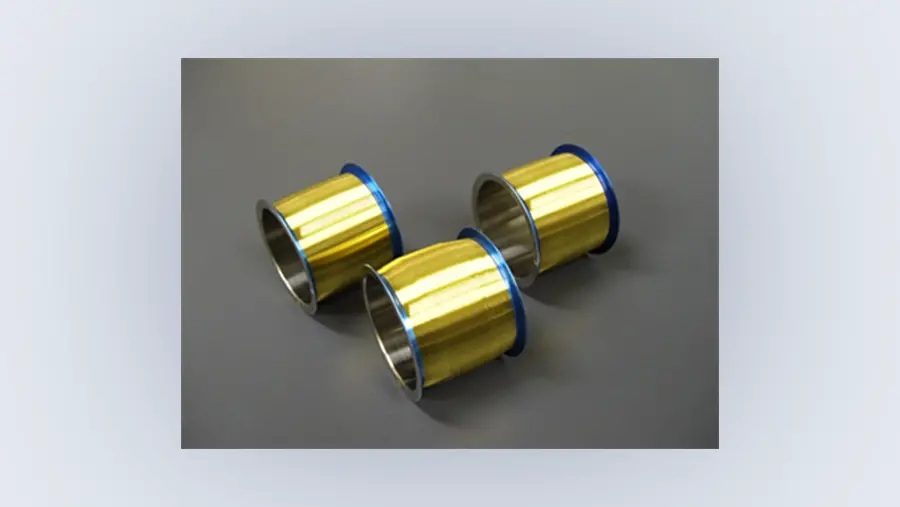
In the 1960s, precious metal plating came to be used in the contacts of electronic devices. Through a joint venture with U.S.-based Sel-Rex Corporation, TANAKA Kikinzoku Kogyo established Electroplating Engineers of Japan, Limited (EEJA). It began operations in the Hiratsuka Plant in Kanagawa Prefecture. EEJA manufactured plating solutions and equipment, which were sold by TANAKA Kikinzoku Kogyo. This joint venture played a major part in the TANAKA establishing a presence in the electronics industry.
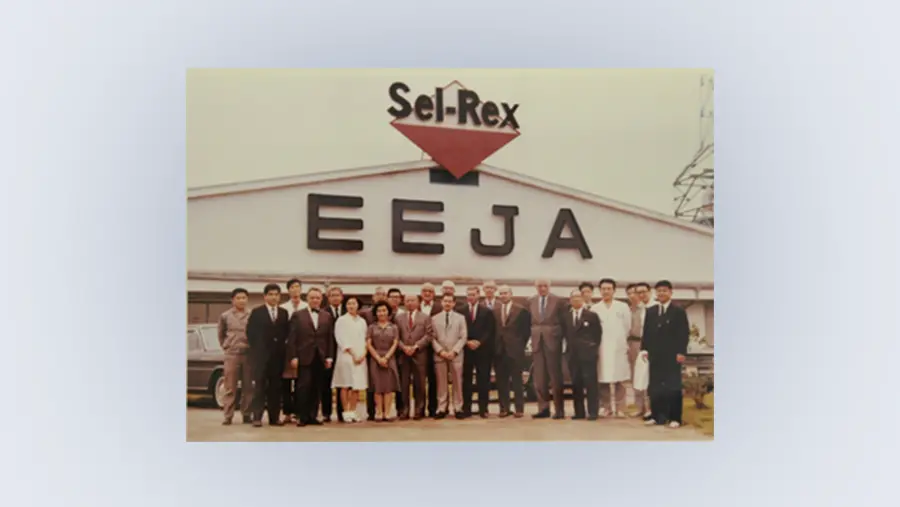
1969~1990
A more evolved, high-tech age
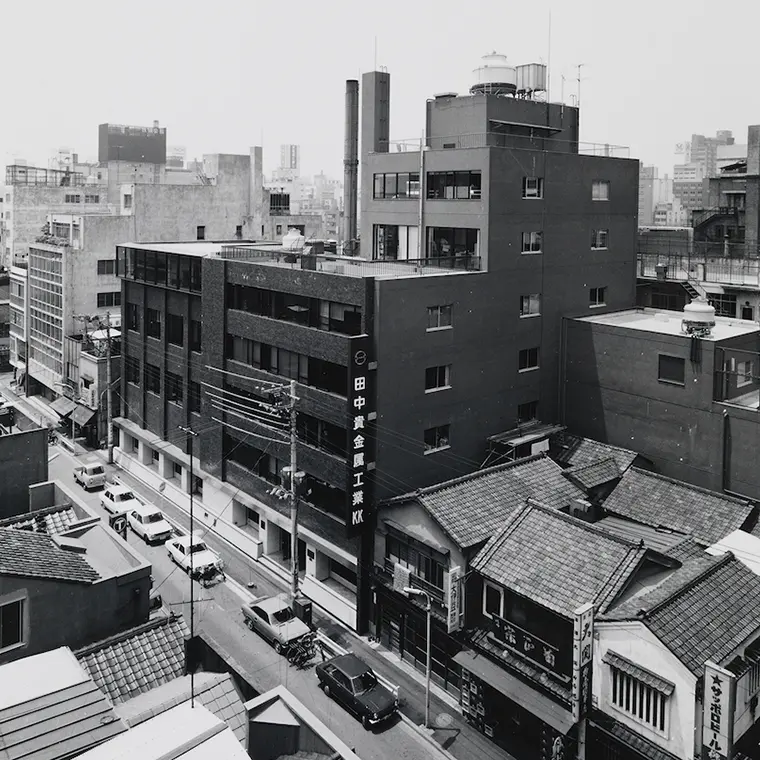
With the burgeoning computer industry, the company provided precious metal products for use in various advanced technological products. As gold became popularized through liberalization and interest in gold increased, related awareness-raising activities were also conducted.
Manufactured commemorative medals for the Japan World Exposition in Osaka
The Japanese government liberalized gold importing in 1973. This created greater interest in gold in Japan. In 1978 gold exports were also legalized, creating a completely free gold market. That same year TANAKA Kikinzoku Kogyo sent a pure gold bar, melted and refined in-house, to the London Bullion Market Association, the world's most prestigious bullion market association, and became the first Japanese company to be accredited as a Good Delivery re?ner. This accreditation was extremely importance in earning the trust and confidence of the general public.

In the latter half of the 1970s Japan was beset by an unending stream of dishonest operators taking advantage of the gold boom. The Ministry of International Trade and Industry and the Diet saw this as a serious issue, and asked TANAKA Kikinzoku Kogyo to implement countermeasures. This led to the launch of the gold bullion dealership development project. The project divided Japan into over 100 commercial zones, and sought to make the best store in each commercial zone into a dealership, providing the same products and services as offered in TANAKA's own stores.
The total liberalization of the gold market in 1978 created greater familiarity with gold among the general public. The fixed gold price purchasing system was developed in order to use gold for asset accumulation. It was a system of buying gold for fixed amounts of money. Each day, TANAKA Kikinzoku Kogyo would buy gold with a fixed amount of funding on behalf of customers. This system used "dollar-cost averaging": on days when the price of gold was low, it would buy a large amount of gold; when the price of gold was high, it would buy a small amount of gold. This had the advantage of making it possible to purchase gold at a lower price than the average price.
In 1984 the fixed platinum cost purchasing system was launched.
This became one of the Group's key products, providing a method of building and protecting assets through incremental savings.
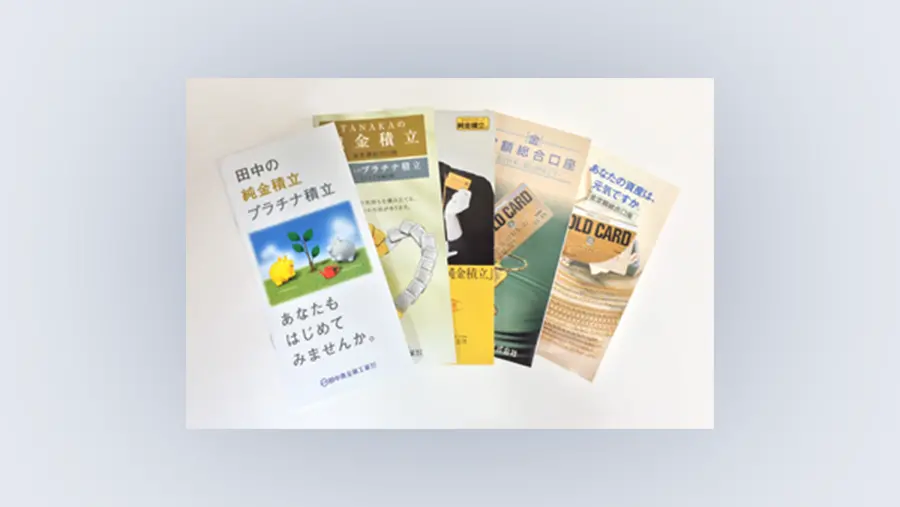
In 1985, the company celebrated its 100th anniversary of the establishment of Ejimaya Tanaka Shoten in 1885. Then-president Junichiro Tanaka wanted to avoid typical commemorative events, instead doing something which benefited society. He decided to publish a book about the industrial value of precious metals. It was written by TANAKA engineers and leading Japanese precious metals researchers, and consisted of three volumes: "Introduction," "Basics," and "Applications."
This publication served not only as a monument to the company, but a reaffirmation of TANAKA's corporate culture of valuing technique and skill.
In 2001 a revised version of "Applications" was published.
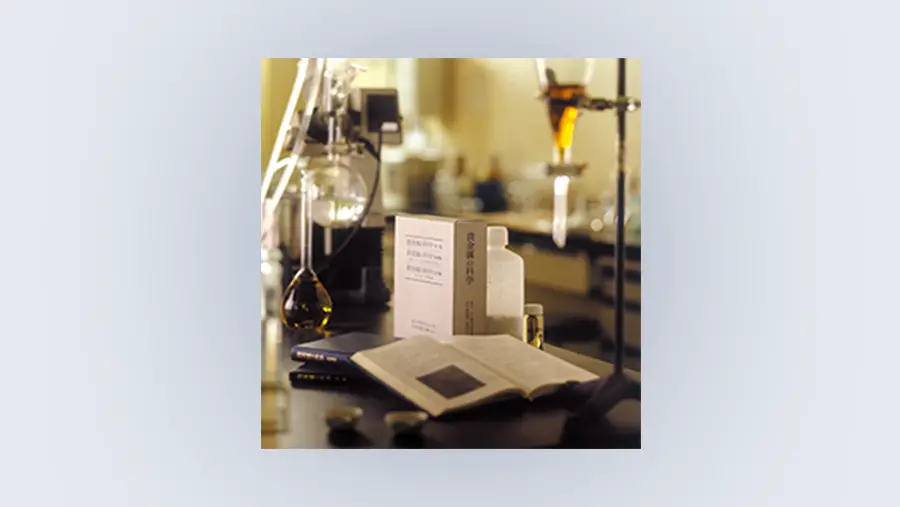
Yamazaki K.K., known as "Ginza Yamazaki" from before the war, maintained a unique presence in the precious metal jewelry industry. It developed products under the slogan "Superior quality and fair prices." It also implemented innovations such as allowing female store personnel to set sale prices. The company name was changed to TANAKA Kikinzoku Jewelry K.K. to cultivate an even stronger sense of security and trust among customers.

1991~Present
With a Diversified Future in Mind
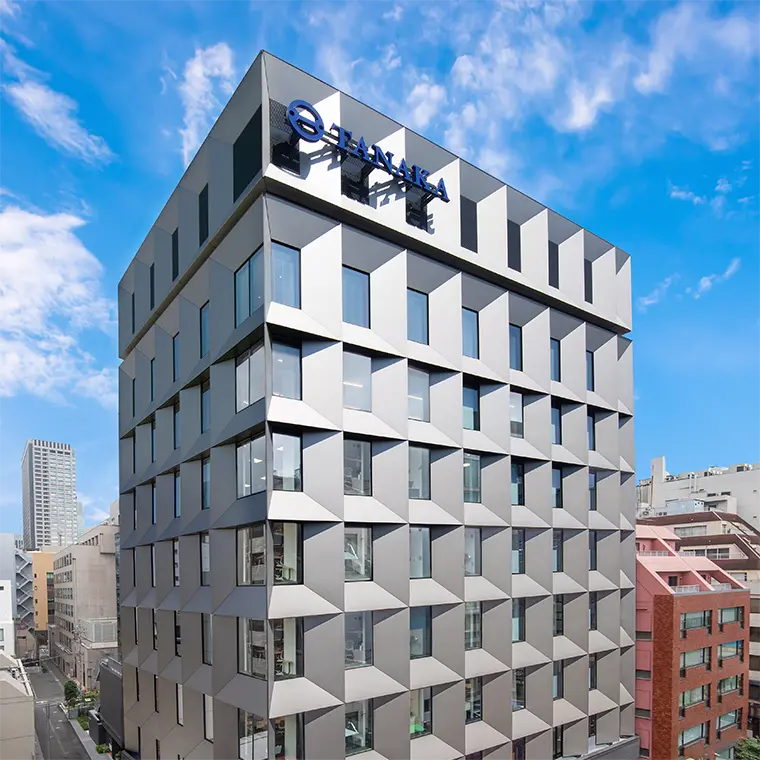
As fields for the utilization of precious metals have further expanded, TANAKA products have also become more diverse. The number of overseas bases is being increased to enhance the framework for globally providing products and technologies. We will continue to progress into the future with unchanging reliability and trust.
The company was appointed as a gold and silver Good Delivery Referee by the London Bullion Market Association (LBMA), registration authority of the London Bullion Market. There are only five such Good Delivery Referees, and only one in Japan.
In 1978, TANAKA Kikinzoku Kogyo was certified as a Good Delivery re?ner. As the world's gold market expanded, the LBMA extended its membership to companies outside the United Kingdom. It recognized the track record of TANAKA Kikinzoku Kogyo, leading to its appointment of the company as a Good Delivery Referee.
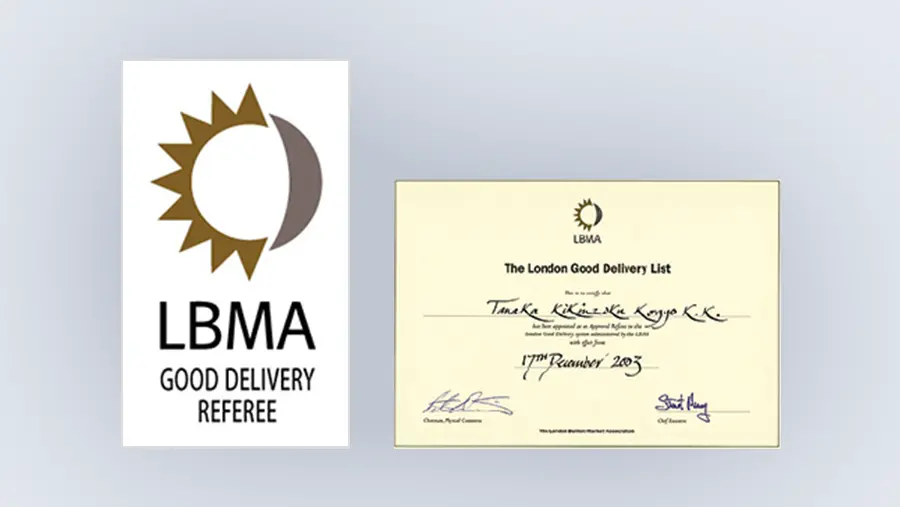
Established TANAKA Kikinzoku (Suzhou) Co., Ltd.
While gold and platinum can be newly mined, a more efficient method of collecting these materials is to collect and recycle unused gold and platinum stored in people's homes, as the term "urban mine" indicates. TANAKA Kikinzoku Kogyo launched "RE:TANAKA," a service in which customers bring precious metal jewelry made from gold or silver to stores to undergo quality evaluation using specially developed fluorescent X-ray equipment before being purchased.
The company also began buying silver in 2014.
The London Platinum and Palladium Market (LPPM) was established to engage in fair platinum and palladium dealing. Including TANAKA Kikinzoku Kogyo, there are only five LPPM-appointed Good Delivery Referees in the world. LPPM recognized the company's high level of analytic skill, appraisal abilities, and the trust and track record the company has built over the years.

In order to smooth communications throughout the Group and increase business flexibility, the TANAKA established TANAKA Holdings Co., Ltd., and transitioned to a holding company system.
In 2012, the London Bullion Market Association (LBMA) accredited TANAKA Kikinzoku Kogyo as a full member, making it the first LBMA member in Japan. This accreditation not only gave the company a vote on resolutions deliberated on at LBMA general meetings, but also made it possible to dispatch committee members to executive board meetings and subcommittee meetings. The company gained a great deal of influence in the direction of Asia’s gold and silver markets. This also served as proof of the trust and security the company can provide to customers.
In 2015 the company was also accredited as a London Platinum and Palladium Market (LPPM) member.
Launched the TANAKA Kikinzoku Memorial Foundation.
Appointed as a full member to the London Platinum & Palladium Market (LPPM)
Established EEJA (Shanghai) Co., Ltd.
Established TANAKA America Inc.
Established TANAKA Kikinzoku (Ningbo) Co., Ltd.
The company name changed from TANAKA KIKINZOKU KOGYO K. K. to TANAKA PRECIOUS METAL TECHNOLOGIES Co., Ltd.
The company name changed from TANAKA KIKINZOKU JEWELRY K. K. to TANAKA PRECIOUS METAL RETAILING Co., Ltd.
The company name changed from TANAKA DENSHI KOGYO K. K. to TANAKA ELECTRONICS Co., Ltd.
Established TKT Co., Ltd.
